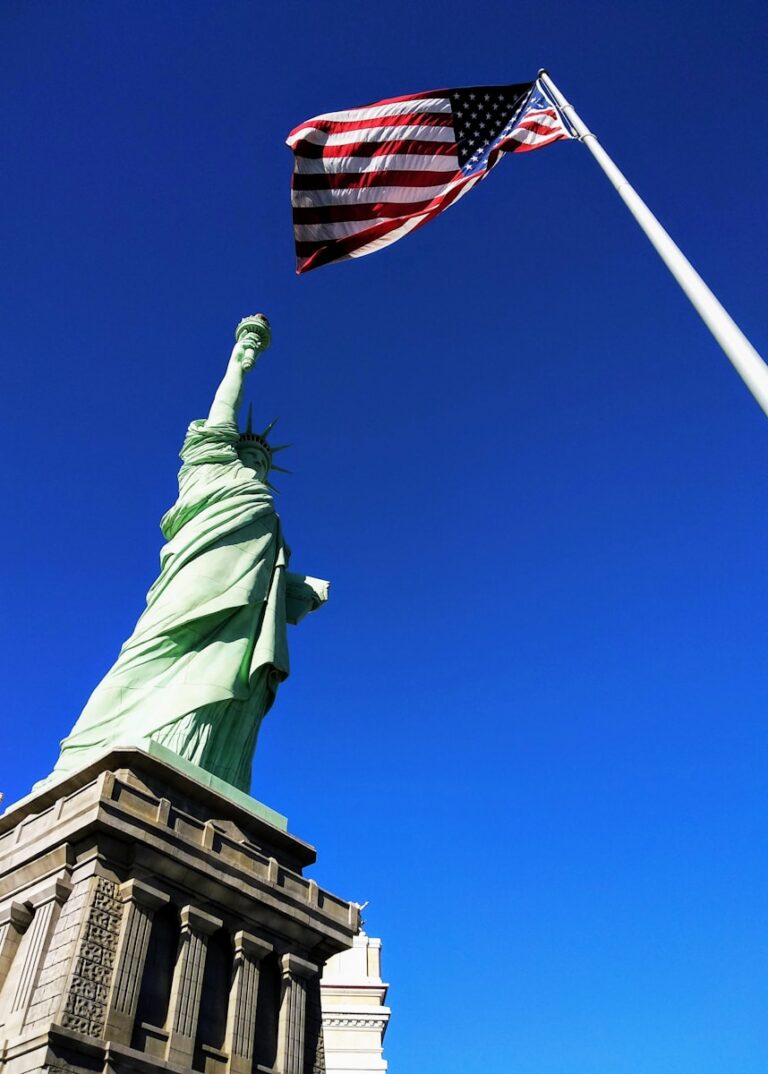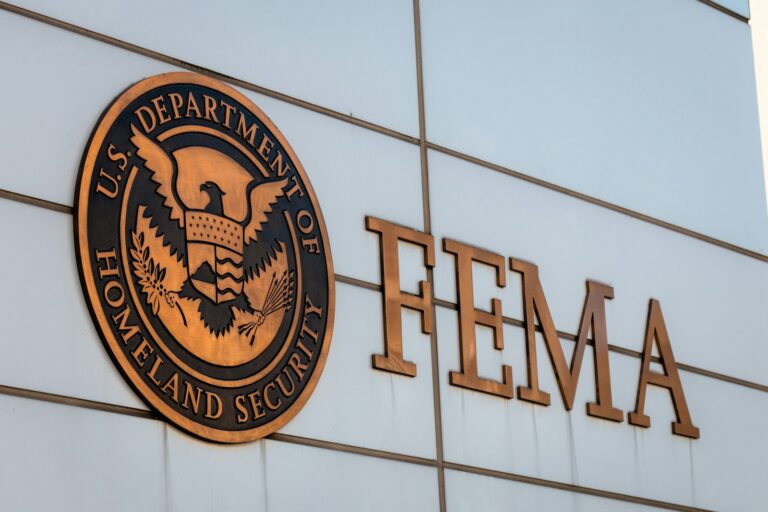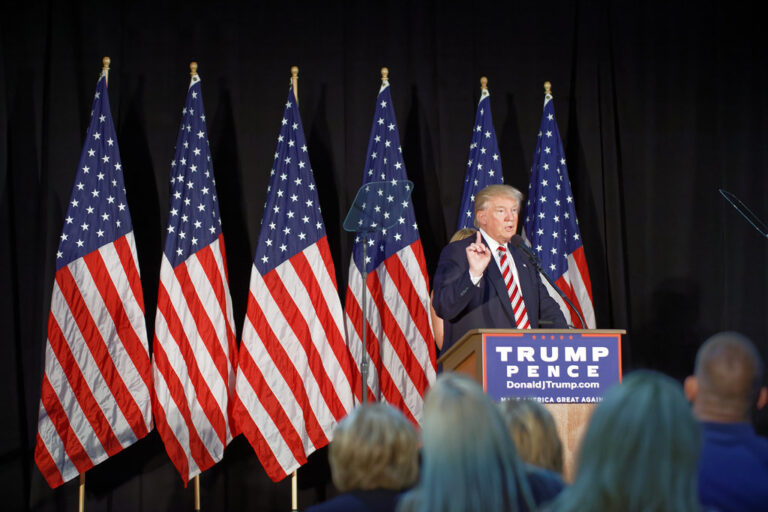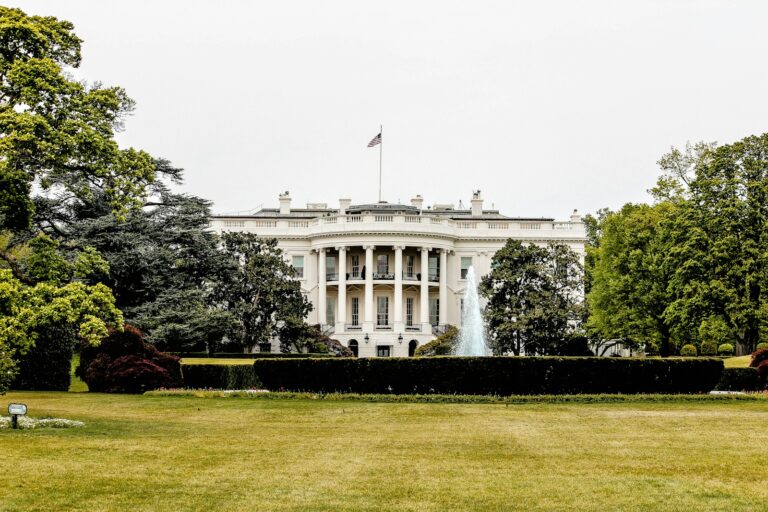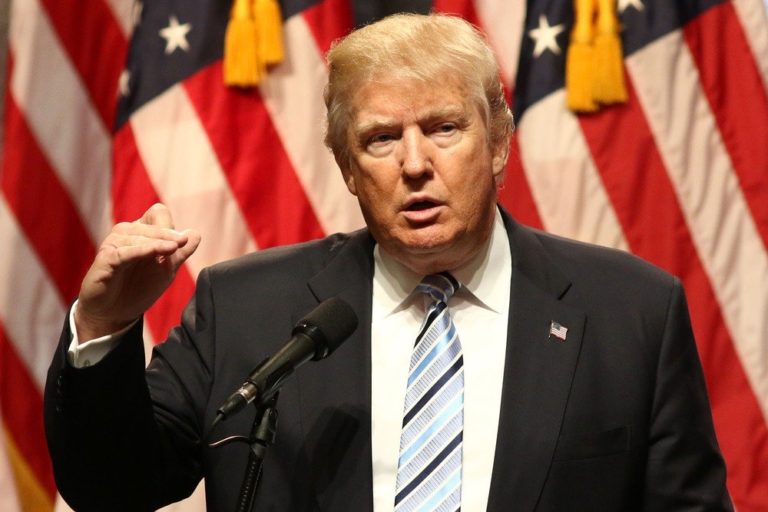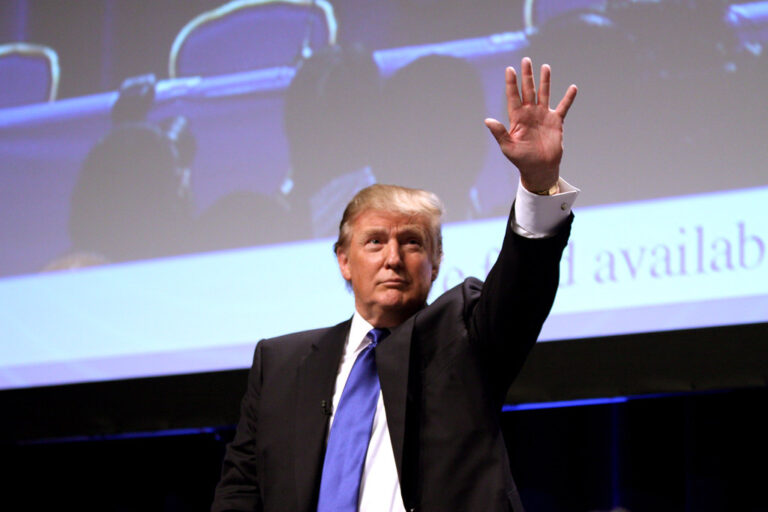Key takeaways
– A construction superintendent in Alabama supports Trump but opposes workplace raids.
– An ICE raid scared off most workers at his site.
– The project now faces extra costs of eighty four thousand dollars.
– The industry struggles to replace immigrant workers.
– Experts warn raids could cost thousands of jobs
Superintendent Speaks Out
Robby Robertson runs day to day operations at a construction site in Alabama. He says he voted for Donald Trump. Yet he now fears the administration’s workplace raids. In late May, agents from Immigration and Customs Enforcement carried out a raid in Tallahassee. Soon after, nearly all of Robertson’s workers vanished. They feared they might be next.
Robertson says only about half of his original team of twenty two roofers has returned. As a result, the job has slowed down. He planned to finish the project long ago. Now he must scramble to hire new hands. He worries about meeting the deadline.
Worker Shortage Hits Hard
Finding labor is hard in Alabama. The state has low unemployment. Many American workers prefer other fields. Meanwhile, Latino workers fear they will be caught in a raid. Even those here legally hide on site. They worry their skin color makes them targets.
Tim Harrison leads the firm that hired Robertson. He says he supports strong border security. He also backs efforts to enforce immigration laws. Yet he stresses his industry needs Hispanic workers. He explains that most Americans will not climb on a roof in the midday heat.
Liquidated Damages Add Pressure
Robertson’s team signed a contract with a penalty clause. The agreement calls for four thousand dollars in liquidated damages for every day the project runs late. At the current pace, the firm may owe eighty four thousand dollars.
He says those extra costs weigh on his mind. He fears he may have to dip into his own savings. He warns that more projects could stall if the raids continue.
Economic Impact on Construction
Industry analysts have studied the possible fallout. One report found that a mass deportation plan could shrink construction jobs by over two million. That includes both native born and immigrant workers.
They predict that U.S. born employment could fall by eight hundred sixty one thousand workers. Meanwhile immigrant employment could drop by one million four hundred thousand. Such a plunge would erase the full employment gains made in recent years.
The report also notes massive economic pain for communities. Job losses would hit families hard. Many towns depend on construction activity for growth. A drop in building work could slow local economies.
Transitioning to New Labor Sources
Some firms are exploring new ways to recruit local workers. They offer higher pay and flexible hours. They set up training programs in trade schools. They reach out to veterans and career changers.
Yet these efforts take time. Skilled labor still depends largely on immigrant workers. Roofers, framers and drywall installers often come from Hispanic communities. Their departure leaves a gap that few native born workers can fill quickly.
Community Response
Local leaders in Alabama have voiced concern. They warn that workplace raids harm small businesses. They say raids create fear not only among undocumented migrants but also among legal residents.
City councils and chambers of commerce call for targeted enforcement. They ask for clear rules and advance notice. They want to protect public safety without disrupting local economies.
Looking Ahead
Robertson hopes the administration will reconsider its approach. He says targeting entire work sites is not the answer. He suggests focusing on large scale smugglers and criminal groups instead.
He believes there are better ways to secure the border. He urges policymakers to weigh the human cost. For now, he must manage with what he has. He keeps working. He keeps recruiting. But he fears more delay and more costs.
Conclusion
Construction in Alabama faces a tough road ahead. Workplace raids have slowed one project and threatened its budget. Now experts warn that many other projects could slip behind schedule. In an industry already short on workers, forcing out immigrant labor risks halting growth.
While some see strict enforcement as vital, others ask for balance. They want safer borders and thriving communities. As this debate unfolds, one thing is clear. Heavy handed workplace raids carry real costs for businesses, workers and taxpayers alike.

